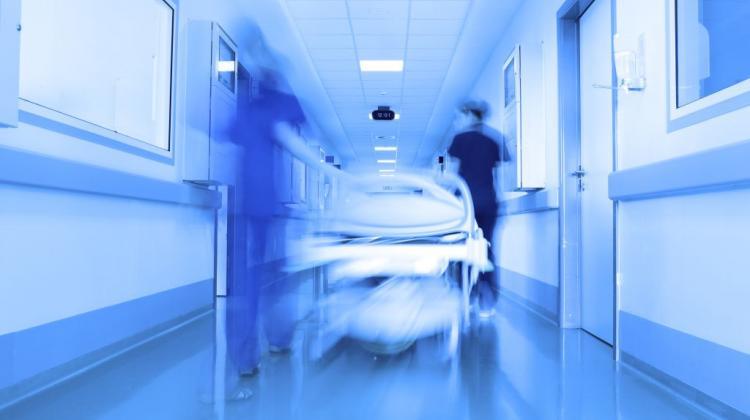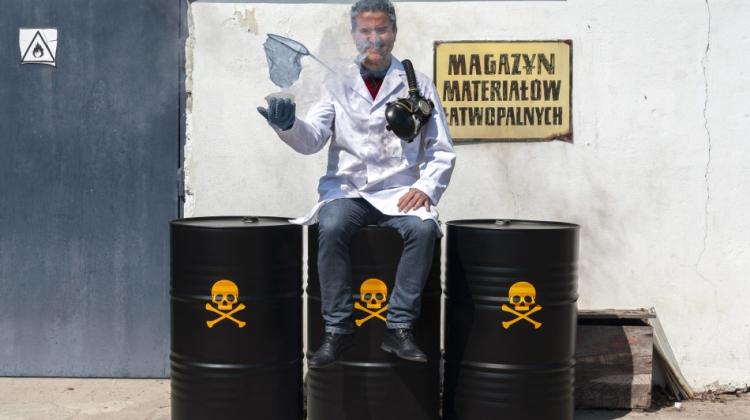Nanolayers to Protect Against Hospital Infections
 Credit: Fotolia
Credit: Fotolia
Thin antibacterial metal layers that can cover door handles in hospitals, beds, surgical items and even textiles, can become a milestone in the fight against the spread of diseases in medical facilities, say scientists from the Institute of Physics of the Polish Academy of Sciences and the Warsaw University of Life Sciences.
Physicists have created nanolayers and developed methods for applying them onto 3D surfaces which could be used in hospitals, where infections with drug-resistant bacteria happen very often, as well as on door handles in public toilets, bus handrails.
Dr. A. Słońska-Zielonka from WULS-SGGW, this year's laureate of the Innovation Leader award in the female inventor category said: “This innovative solution involves creating antibacterial coatings that kill or stop the reproduction and growth of microorganisms. It can be successfully used to cover industrial and medical products, water treatment filters, in food processing, preparation and packaging.”
The new solution will make it possible for hospitals to coat not only door handles, but also surgical items such as orthopedic catheters and implants, and even protect dressings, lab coats and surgical masks.
To apply the nanolayers onto 3D surfaces, physicists used a method known as ALD (atomic layer deposition) and (deposition of nanolayers at low temperature).
Dr. Anna Słońska-Zielonka who carried out the tests said: “I received tissues covered with a nanolayer and I determined whether in contact with a given bacterium its growth was inhibited. It turned out that rare earth oxides showed bactericidal and bacteriostatic properties against common pathogenic bacteria.”
She added that it will be possible to cover food packaging with nanolayers so that microorganisms do not get inside.
PAP - Nauka w Polsce
kol/ ekr/ kap/
tr. RL
Przed dodaniem komentarza prosimy o zapoznanie z Regulaminem forum serwisu Nauka w Polsce.


















